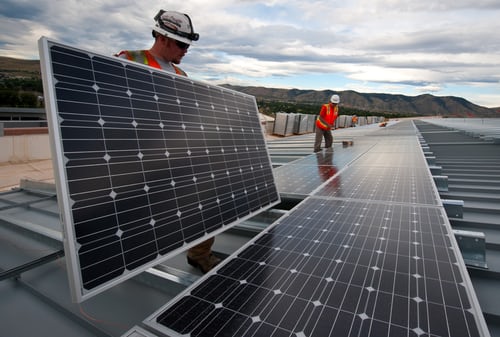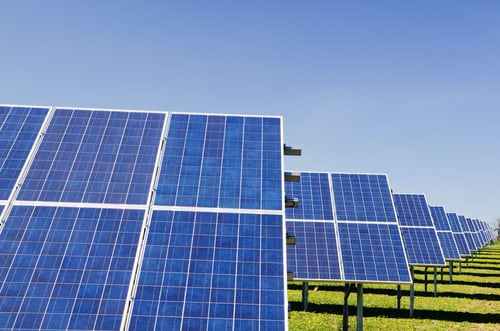A solar panel is a device that converts part of the sun’s rays into electrical or thermal energy. This energy is obtained from thermal or photovoltaic solar collectors. The most commonly used type of panel is the photovoltaic panel. This article will tell you how to obtain electrical energy from a photovoltaic panel.
How to obtain electrical energy from a photovoltaic panel?

The panels are made up of several cells, the basic material of which is silicon. One of the specificities of silicon is that it is a semi-conductor. To obtain electrical energy from a photovoltaic panel, you need to :
– Arrange the panels. Here the first thing you need to do is to have photovoltaic solar panels at your disposal for their explanations.
– Installation. To install the panels, you can use the roof of your house or a flat area. Ideally, they should be installed so that they face the sun. The panels should also be tilted at an angle of 30º to the horizontal.
When the panels are installed, they will capture photons, which will set electrons in motion. The electrons in the cells of the panels will automatically produce the electric current. The current produced is retained by the metal wires found on the panels. The cells will generate a direct current which will be transformed into an alternating current by means of an inverter.
Why opt for photovoltaic solar panels?
Photovoltaic solar panels produce free energy. Since these energies are generated from the sun, the user is protected from electronic bills. The solar panel saves the human being from untimely cuts in the electricity supplied by the state. Solar panels have a life span of around 25 years. Batteries can last between 4 and 5 years and can be recycled. Environmentally, solar panels do not emit CO2 or greenhouse gases.


Comments are closed